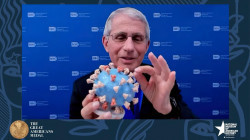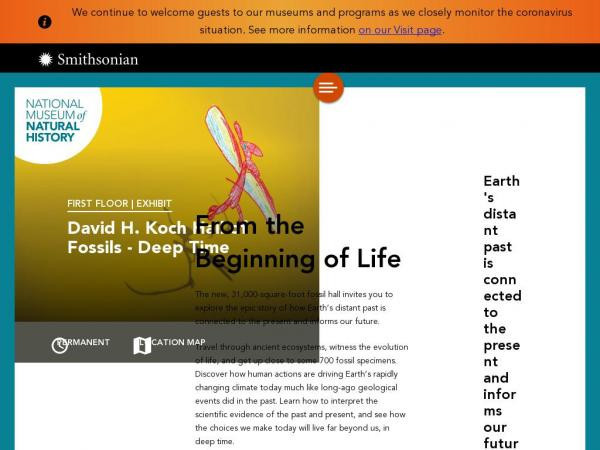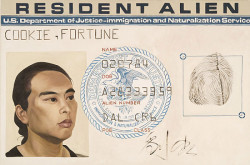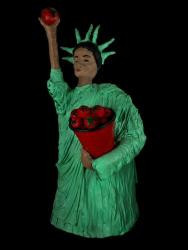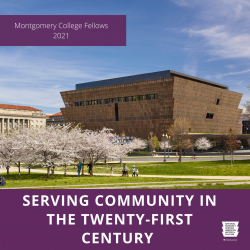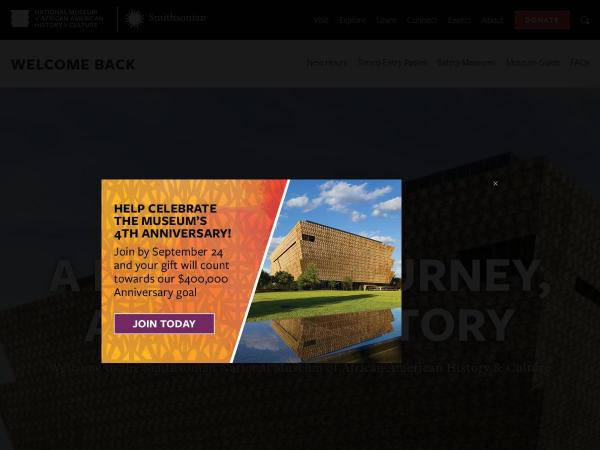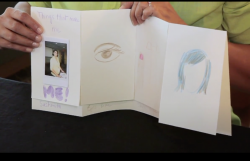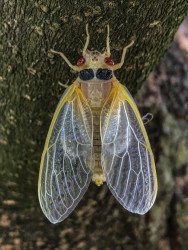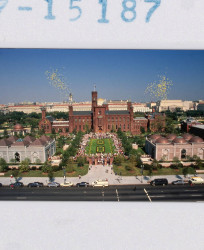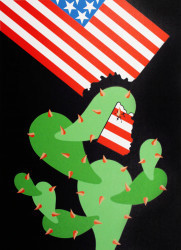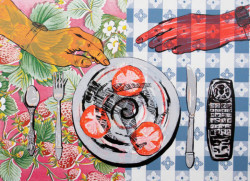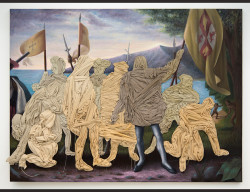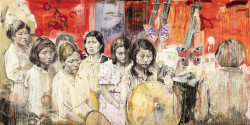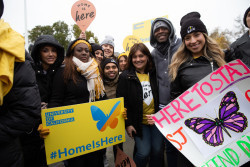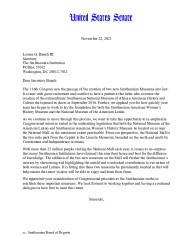Philippa Rappoport
I work in education and engagement, teacher professional development, and outreach at the Smithsonian Office of Educational Technology (OET), and have a particular interest in developing and producing trainings, programs, teaching techniques, and platforms that foster deep learning and contribute knowledge to improve practices in museum and preK-16 education and engagement. At OET over the last decade+, I created digital assets for schools, families, and new immigrant English Language learners to complement teacher professional development and pan-Smithsonian programming, including Learning Lab teaching collections, YouTube videos with tradition bearers, a handmade family stories book-making website, and online heritage tours.
Philippa Rappoport's collections
Inquiry-Based Learning at Its Best Using Digital Museum Resources: A Presentation for NCSS2020 Conference "Advancing Social Justice"
 Philippa Rappoport
Philippa Rappoport
Training Workshop for NJ Arts Integration and Cultural Competency Project
 Philippa Rappoport
Philippa Rappoport
Exploring Digital Storytelling within the Learning Lab: Personal Responses to Covid-19
 Philippa Rappoport
Philippa Rappoport
Preview Activity for Learning Lab Training Collection on the Theme: “Facing the Complex, Multiple Challenges of the 21st Century"
 Philippa Rappoport
Philippa Rappoport
Deep Time (National Museum of Natural History)
 Philippa Rappoport
Philippa Rappoport
Hung Liu: Portraits of Promised Lands
 Philippa Rappoport
Philippa Rappoport
1619 Project: Support collection of resources from the National Museum of African American History and Culture
 Philippa Rappoport
Philippa Rappoport
Making a "Things That Make Me Me!" Family Storybook
 Philippa Rappoport
Philippa Rappoport
Periodical Cicadas: In Homage to Brood X
 Philippa Rappoport
Philippa Rappoport
Identity, Narrative, Transformation, and Change: A Learning Resource in support of "Critical Conversations" (a DC Public Schools course)
 Philippa Rappoport
Philippa Rappoport
Social Justice in the Time of Pandemic: Smithsonian-Montgomery College Faculty Fellowship 2022 Opening Panel Resources
 Philippa Rappoport
Philippa Rappoport
Exploring Time, Memory and History Through Portraiture
 Philippa Rappoport
Philippa Rappoport


